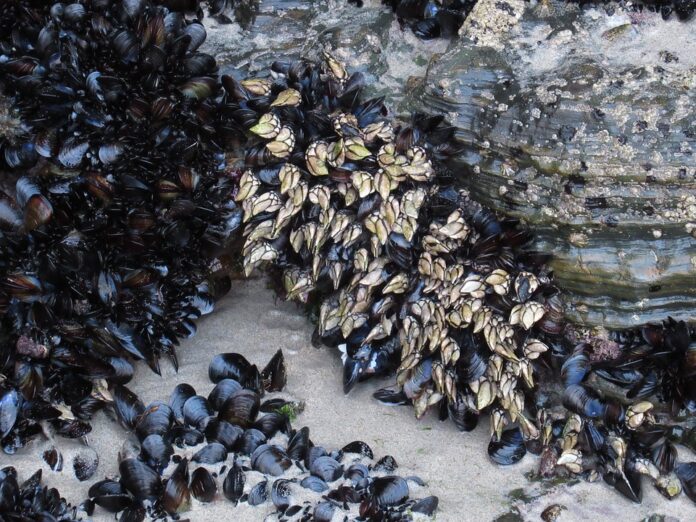Introduction
Goose Neck Barnacles, also known as percebes, are a delicacy in many parts of the world, particularly in Spain and Portugal. These unique shellfish are highly sought after for their briny flavor and tender texture. There are two primary methods of obtaining goose neck barnacles: wild harvesting and farming. In this report, we will explore the differences between these two models and analyze which one is more sustainable and profitable.
Wild-Harvested Barnacles
Wild harvesting involves collecting goose neck barnacles directly from their natural habitat along rocky coastlines. This method has been practiced for centuries and is deeply ingrained in the cultural and culinary traditions of certain regions. However, wild harvesting can be labor-intensive and dangerous, as collectors often have to navigate treacherous terrain and rough seas to reach the barnacles.
Sustainability
One of the main concerns with wild harvesting is the impact it can have on natural populations of goose neck barnacles. Overharvesting can lead to declines in numbers, which can have ripple effects throughout the ecosystem. Additionally, the unpredictable nature of wild harvesting can make it difficult to implement effective management strategies to ensure sustainable practices.
Profitability
Despite the challenges associated with wild harvesting, there is a high demand for wild-caught goose neck barnacles, particularly in upscale restaurants and markets. This demand can drive up prices, making wild-harvested barnacles a lucrative venture for collectors who are able to access prime harvesting locations.
Farmed Barnacles
In recent years, efforts have been made to farm goose neck barnacles in controlled environments, such as aquaculture facilities or artificial reefs. Farming barnacles can help alleviate pressure on wild populations and provide a more sustainable alternative to traditional harvesting methods.
Sustainability
Farming barnacles can help reduce the impact on natural populations by providing a steady supply of cultivated barnacles. Additionally, farming operations can be more easily monitored and managed to ensure sustainable practices are followed. However, there are still challenges associated with farming barnacles, such as ensuring optimal growing conditions and preventing disease outbreaks.
Profitability
While farming barnacles may not command the same premium prices as wild-caught barnacles, there is still a market for farmed barnacles, particularly among environmentally conscious consumers. Additionally, the ability to control production and quality factors can make farming a more reliable and consistent source of income compared to wild harvesting.
Conclusion
In conclusion, both wild-harvested and farmed goose neck barnacles have their own set of advantages and challenges. While wild harvesting may offer higher prices and cultural significance, it can also have negative impacts on natural populations. On the other hand, farming barnacles can help alleviate pressure on wild populations and provide a more sustainable source of income. Ultimately, the choice between wild-harvested and farmed barnacles will depend on a variety of factors, including market demand, environmental concerns, and cultural traditions.



